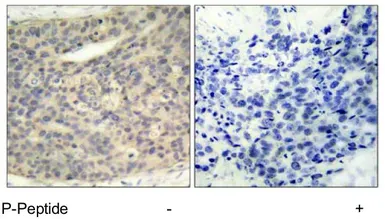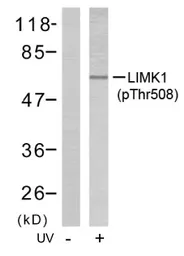LIMK1 (phospho Thr508) + LIMK2 (phospho Thr505) antibody
Cat. No. GTX79023
Cat. No. GTX79023
-
HostRabbit
-
ClonalityPolyclonal
-
IsotypeIgG
-
ApplicationsWB IHC-P
-
ReactivityHuman, Mouse


